Everything You Need to Know About Wedding Stationery
Not sure how to get started with your wedding stationery? We totally get it! Stationery is a much larger part of the wedding planning process than many realize because it spans way beyond your invitations alone. Thankfully, we’re here to break it all down for you-- one letter at a time.
While what you feel you do and don’t “need” is ultimately up to you and those helping to plan your amazing wedding, stationery is typically used for the following:
Save-the-dates
Engagement Celebration/Shower Invitations
Wedding Ceremony Invitations
Wedding Party Proposals
Bachelor/ette Party Invitations
Rehearsal Dinner Invitations
Table/Seating Assignments
Programs
Menu Cards
Thank You Cards
Check out some Pinterest-worthy bridal shower stationery ideas here.
Well, there are three basic elements to wedding stationery: design, production, and delivery. Let’s walk through all of them.
First things first, you want all of your stationery to coordinate. Ideally, this means matching your stationery to the style or aesthetic you’ve chosen for your wedding. So, if you haven’t already, this may be a great introduction to figuring out your nearlywed style and individual vibe-- the ceremony should reflect who you are as nearlyweds. Your save-the-dates and invitations are the first glimpses your guests will get into your big day, so make sure they set the stage right. Here are some general themes and trends to get you thinking about your unique nearlywed style:
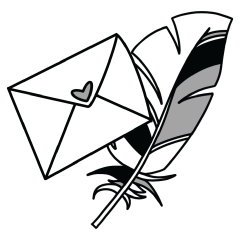
floral details, succulents, lace, kraft-inspired elements
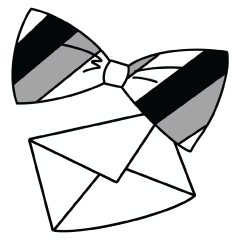
clean, simple layouts, monograms, light color palettes

daring patterns, bold typeface, neutral color palette, modern calligraphy

black-tie affair, stunning metallic details, elegant floral touches
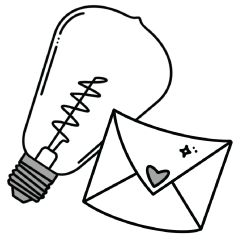
bold colors, watercolor-inspired detailing, twine, handwritten elements
To learn more about stationery styles ad vibes, check out this article.
Designing your stationery could be as simple as printing the relevant information on a piece of paper and sending it off in an envelope. But, if you’re an intricate planner trying to pull out all the stops, then you might be considering more detailed elements regarding your stationery design. It’s important to note that when it comes to designing your stationery, there are two primary routes-- pre-designed and custom. Pre-designed stationery templates can make your job a whole lot easier by offering you the fonts and layouts ahead of time. All you have to do, in most cases, is choose your colors and type in your information.
If you have more of a specific vision for your stationery, then customization is the avenue for you.
The layout of your stationery depends, first and foremost, on what it is. Is it an invitation? A wedding party proposal? A menu? A simple starting place is with identifying your priority information and putting that clearly visible somewhere in the top-center, center-center, or bottom-center of your document. If you don’t want information centered, then play around with left and right alignment until it looks right to you! Figure out your heading(s), main details, secondary details, and closing. For example, if you’re creating a wedding ceremony invitation-- then your heading might be “You’re Invited” or just “Name One and Name Two”, your main details would include occasion/date/time/location, secondary information might include your wedding website and registry information, and your closing might be a cute sign-off or “we hope that you will be able to join us”. If you’re creating your individual or table menu stationery, then your heading might be “menu” or “eats”, your main details are your food offerings, your secondary details can include dietary precautions and alternate options, and your closing can specify your catering or chef.
Also keep in mind that you don’t have to put everything on one document. For example, when sending wedding invitations you can have your main invitation documents, a smaller sized card with your registry information, and a smaller business card sized document with your wedding website information.
When discussing the paper for your stationery, the options and combinations are endless. Depending on what you’re designing you can mix-and-match different types of paper within the same package or stick to one type throughout. The first element when discussing your paper is your specific paper material. Here are a few of the more common wedding paper materials:

can be matte or glossy, thick, can come in a variety of colors and finishes
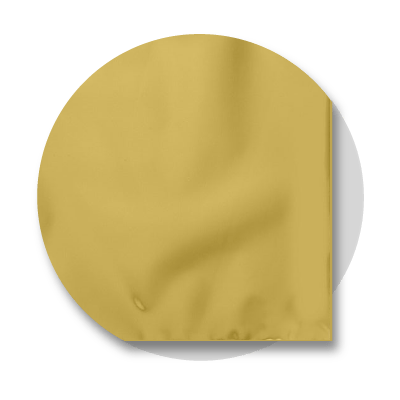
metallic and shiny

old-fashioned look

btraditionally made from calf-skin, similar to leather

water and grease resistant, glossy

made from cotton, coarse, more expensive
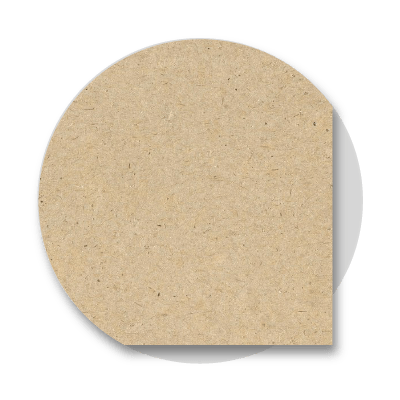
eco-friendly, thin
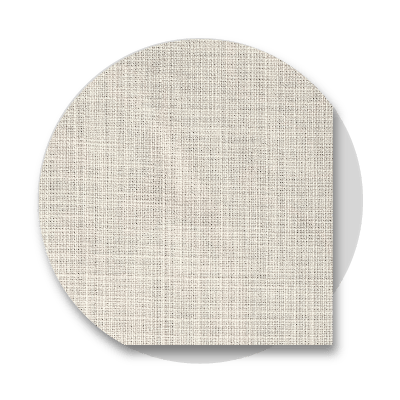
made from fabric, has texture
For more information on wedding paper finishes and types readhere!
You could also dare to be different and not use paper at all! Some opt for clear acrylic plates as their stationery base instead. When considering the color of your material, a big tip would be to first consider the color scheme of your wedding. Perhaps you would like to utilize your accent colors or maybe you would rather keep the vision for your big day a surprise and stick with neutral colors? Either way-- start at the vision for your wedding and make decisions from there. And don’t forget to think about the size of your paper. There are no rules, but there are conventional sizes for different products:
Invitation: 4.5” x 6.25”, 5” x 5”
Menu: 5” x 7” (individual), 8.5” x 11” (table)
Thank You Card: 4.25” x 5.5” (A2)
Just as important as your paper choices is what’s written on it! Considering the type throughout your stationery is an important discussion to have-- especially if you are looking for a consistent visual flow throughout all of your wedding elements. You should consider your font type, font pairing, and ink colors when designing your gorgeous stationery. Font types typically fall under these four main categories:

small projections at the end of the letter strokes, grand and confident feel
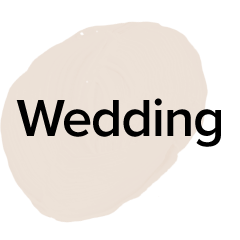
no small projections at the end of the letter strokes, minimalist feel
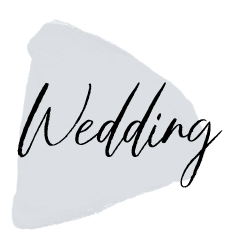
links letter to letter, romantic and ethereal feel
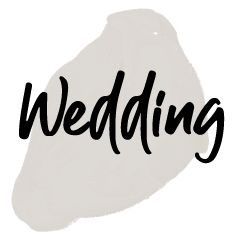
custom typefaces that don’t follow any specific rules
You could also bypass all of this font discussion, if you decide to have your stationery handwritten in script or calligraphy. For your ink colors, consider first the color of your paper materials. If you’re using colored paper, then consider using a neutral color for your type (i.e. black, white, grey). If you have a more neutral color for your paper materials, then test out color combinations based on your wedding color palette. You can even just use one of your colors in your headings and then return to a neutral color for the body of your document. Play around with it!
This section is for those stationery items that need to be delivered and distributed in some fashion-- like invitations, cards, and notices. There are a few options when it comes to packaging, depending on your wedding’s style, as well as a few things to keep in mind. First, decide if your stationery will be in an envelope alone or alongside an array of items in a gift box or basket. No matter what you decide, the color of your packaging is a point of discussion. Similar to your typography, if your actual stationery has a lot of vivid color action, maybe you’ll opt for a solid, neutral colored envelope. But, if your document has a more neutral color palette, go for a bold color or pattern with your packaging. Lastly, there are multiple ways to seal or finish off your packaging:

Use whatever sealing options traditionally come with your packaging
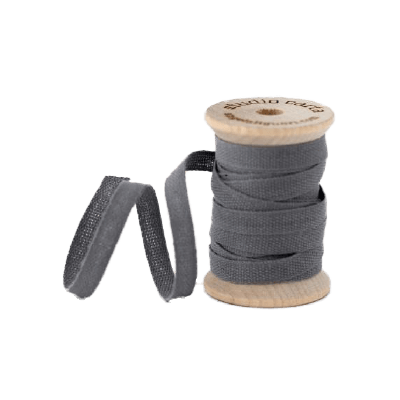
Tie or stick a nice bow on your packaging

Use decorative washi tape to add some color and originality to your envelopes
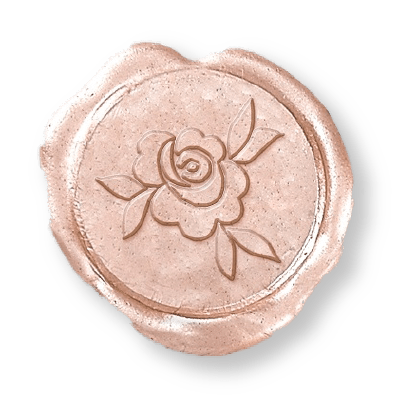
Take it way back with this old-school method
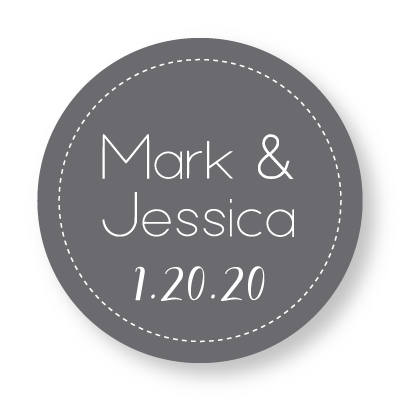
Find some nice stickers that go with your vibe or get custom stickers made just for your wedding
Get some inspiration with this article on the most popular stationery design trends!
So you’ve got your stationery looking amazing… now what? How are you getting it from the drawing board to a physical copy in your hands?
DIY is becoming more and more popular in modern weddings. Not only can you save some money--but it’s also a great way to bond with your wedding planning crew! Taking on this task isn’t necessarily a walk in the park-- it consists of designing, printing/writing, cutting, packaging, and delivering everything yourself. A pro tip is to find a template you like online to cut your designing time in half. And it may take some trial and error, but given all of the designing tips above-- it shouldn’t be too difficult. Plus, the result is amazing stationery that you can take pride in and show off to your guests! Just don’t forget to proofread!
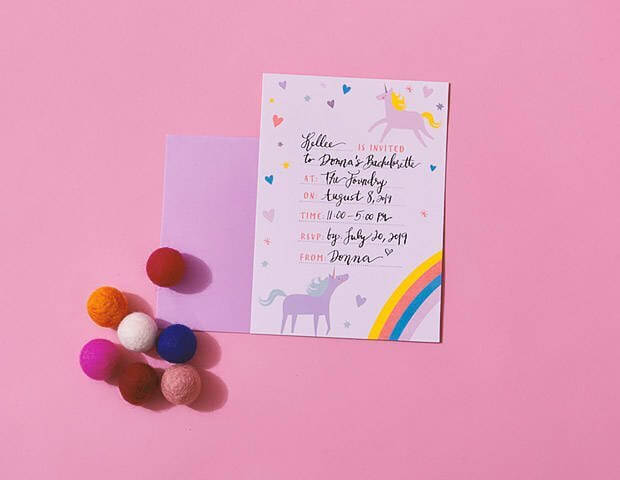
Outsourcing the production of your stationery is just as valid as doing it yourself. The majority of involvement is when it comes to the printing. You can choose from a few printing techniques:

Uses a copper plate an ink, gives a classic and traditional look

Uses heat to press the ink, cost-effective

Uses heavyweight paper and an inked metal plate

Exactly what it sounds like, adds a nice metallic touch

Uses a computer to reproduce the image, most common technique

Similar to engraving without the ink
And once you’re holding the physical product in your hand, you have to deal with how to get it to your guests. If they are documents that need distributing, the two main ways you might consider delivering them are shipping and hand-delivery. Here are some tips and ideas for each.
Mailing your packages can take the pressure off of you to hand deliver your stationery depending on what it is. Leave it in the mail carrier’s hands and enjoy your recipients’ reactions.
Take precautions to prevent your ink from smudging. This can be done by wrapping your document in tissue paper. It may raise the cost of your postage, but it’s worth it to keep your stationery intact.
Use the right amount of postage! Know what size packaging requires what amount of postage to prevent mailing delay.
Hand deliver them to the post-office if you can. Try not to use dropoff bins to prevent unwanted folding, smushing, and stains.
If what you have created is hard to reproduce, then get insurance. Especially if you are delivering larger, more involved packages.
Hand delivery can add such a memorable and personal touch to the delivery of your document. This is an option often used for asking people to be in your wedding party, inviting people to your engagement party, or for those that are closest to you. It is also cost-effective; you get to save so much money on shipping and mailing costs.
For a smaller group like a wedding party proposal, think about gathering everyone at the same time so that they can all receive their packages simultaneously!
Know the right place for the right person. For example, don’t show up at someone’s job if they work at a closed-desk office.
Be timely. Try to reach everyone within the same two weeks; try for a month if it’s a larger group.
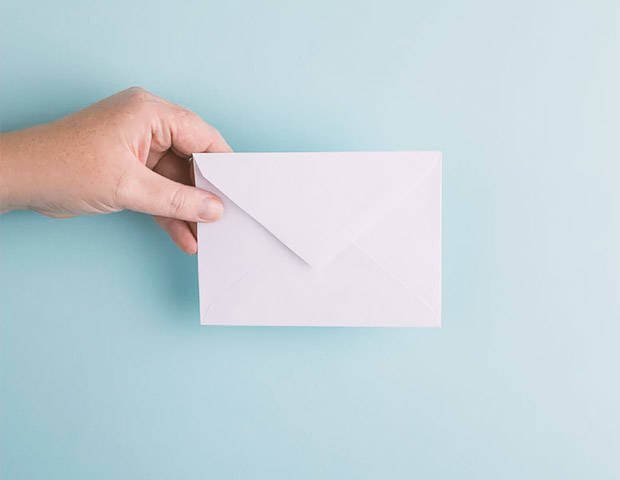
By cutting out just one ton of traditional paper between your save the dates, invitations, and day-of materials, you can save up to 380 gallons of gasoline. (Woah.) Consider options like bamboo or hemp-based papers instead – they provide a beautiful texture and lovely feeling for invitations.
If you’re open to straying from the traditional route of sending stationery, you can use a custom wedding website to announce your wedding date, collect mailing addresses, and track replies. Plus, your guests will love being able to RSVP, book a hotel, and send a gift all in one place.
Get creative and go green with each person’s place setting! Consider printing each of your guests’ names on a stone, or write their name in gold cursive on the folds of a leaf. Show your love for the great outdoors while being eco-conscious.
Consider hand addressing your save the dates and invites, and take it a step further by handwriting the names on your escort cards. Snag a recyclable earth-friendly pen and paper, and you’ll skip all the toxic inks, labels, and wasteful printer paper!
Plantable invitations are made of post-consumer materials and embedded with the seeds of your choice. By sending out plantable stationery, your guests will be able to create their own flower, herb, or vegetable gardens from your invites.
Does each guest really need his or her own program or menu? Instead, print one program for every two to three people and one menu per table. Encourage your guests to share, and get to know each other while they’re at it.
If you’ve fallen in love with an invitation or another printed piece that isn’t so eco-friendly, discuss different options with your stationer to decrease the carbon footprint. Many printers have access to soy or vegetable-based inks and are familiar with other alternatives to help keep your impact in check.
Programs, menus, seating charts… If it can be printed on paper, it can probably be displayed on a sign. While there’s certainly a cost that comes with buying a nice chalkboard or a vintage window, you’ll only need one. The sheer lack of volume is sure to save you some money!
Escort cards or a seating chart — which tell people which table they should sit at — are a necessity. But place cards — the ones that tell them exactly which chair to sit in — are not. Save yourself a couple hundred bucks by skipping these cards, or use them only at the head table, where you may have stronger feelings about exactly where everyone sits.
Yes, every guest needs an escort card, but some printed pieces can be shared. Consider placing one or two menus at each table and letting guests pass them around. And if you’re printed a note of tag with your favors, opt for one favor per couple to minimize costs.
We’re big fans of letterpress and foil (stunning!), but while they make a big impact on invites, those details may go unnoticed on the wedding day. When it comes to day-of paper products, which are more likely to get tossed than posted on the fridge, skip the fancy detailing and consider digital printing.
If you’ve got the time and the skills, do-it-yourself stationery can be a great time-saver. Do you or your spouse-to-be have a knack for Photoshop? Design and print your own programs. Have great handwriting? No need to hire a calligrapher.
Now we know this is a lot of information… and your next question might be “how much is this going to cost me?” Don’t worry, we’ve got you. Truth is, you can design the most gorgeous stationery and have your delivery process all planned out-- but the real planning factor is how it fits into your budget. Stationery doesn’t have to break the bank. Here are the average price ranges from 2018 of the most common stationery items to help guide you:
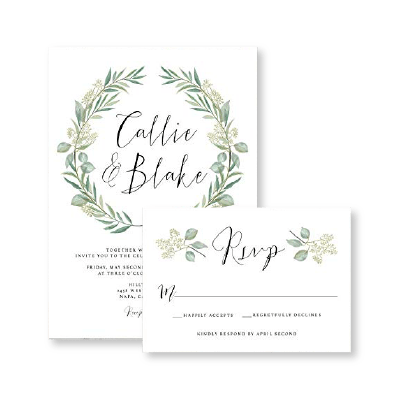
$223

$112
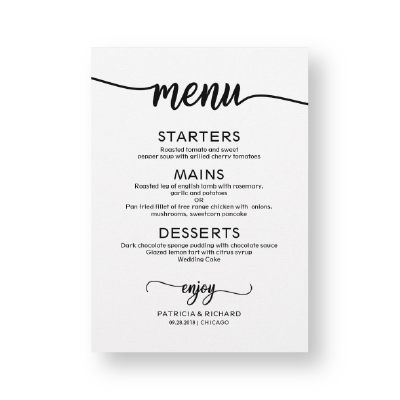
$125

$90
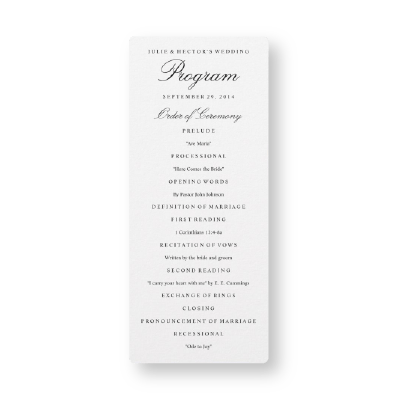
$128
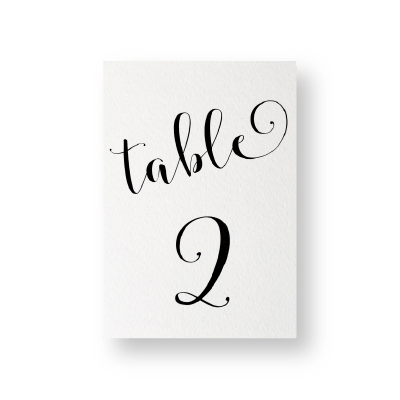
$85
If you are looking for gorgeous and convenient pre-designed stationery, or just looking for some inspo to start designing your own, then check out these sites:



